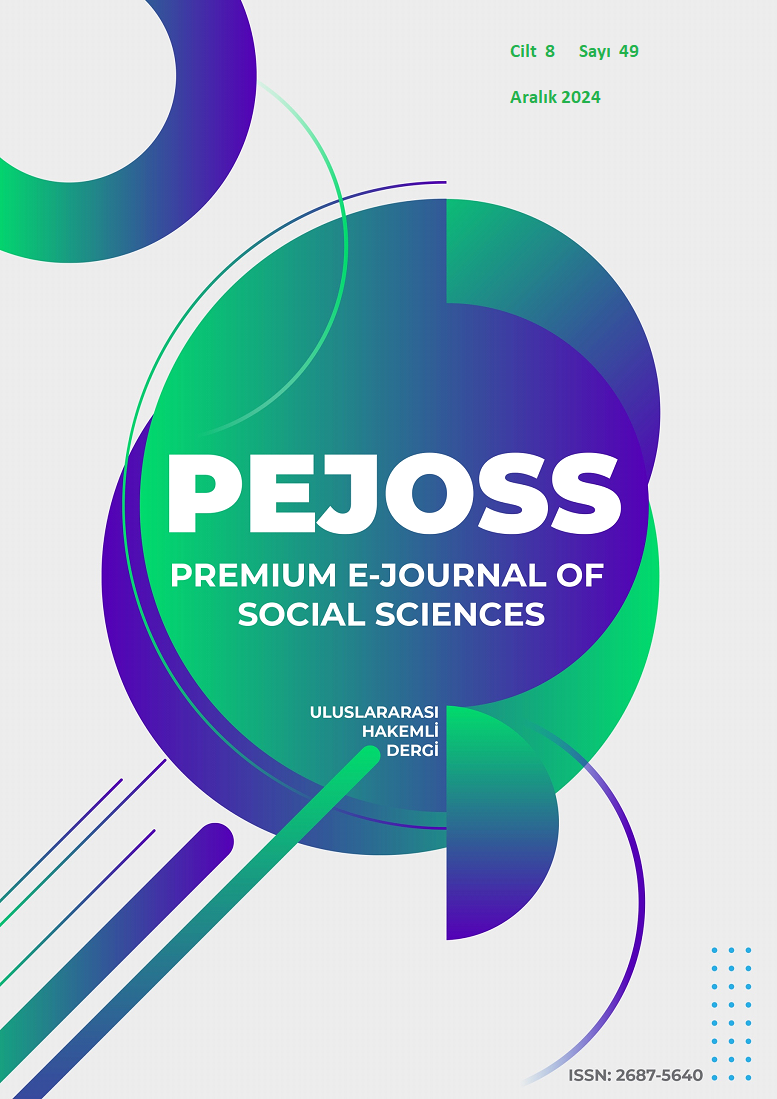Structural Analysis of Felix Mendelssohn's Op. 49 D Minor Piano Trio
DOI:
https://doi.org/10.5281/zenodo.14580308Keywords:
Mendelssohn, Classical music, Romantic period, Chamber music, TrioAbstract
Felix Mendelssohn's Piano Trio in D minor, Op. 49 is a masterpiece that stands out both aesthetically and technically in the chambe rmusic repertoire of the Romantic period. The first version was completed in July 1839 and is characterized by clarity and structural precision in the tradition of the Classical period. Larry Todd's description of this version as “steeped in Classical tradition” emphasizes the elegance and balance characteristic of composers such as Haydn and Mozart. The final version, published in January 1840, is more virtuosic and expressive, with revisions reflecting Mendelssohn's Romantic aesthetic. This transformation is especially evident in the changes made to the piano part. The simpler structures of the first version are technically enriched and the emotional depth is increased in the final version. These changes were shaped by the feedback of contemporaries such as Ferdinand Hiller and enabled Mendelssohn to reflect the dramatic intensity and individual expressiveness of the Romantic period. On the other hand, the final version retains the structural rigor of the first version. Mendelssohn succeeded in creating an innovative work by balancing between classical forms and Romantic aesthetics. Musical analysis reveals dynamic contrasts, rich melodic lines and impressive harmonic transitions. The strong thematic material in the first movement and the energetic structure of the finale increase the dramatic intensity of the work, while the lyrical second movemen toffers an emotionally charged expression. It can be said that Mendelssohn combined both traditional and innovative elements in this work and reached an aesthetic peak in the chambe music genre. Op. 49 Piano Trio has a unique place in the history of music as a perfect synthesis of Classical and Romantic approaches.
Downloads
References
Biyografi.info. (2024). FelixMendelssohn. https://www.biyografi.info/kisi/felix-mendelssohn.
Britannica. (2024). FelixMendelssohn. https://www.britannica.com/biography/Felix-Mendelssohn. .
Brown, C. (1993). Mendelssohn: His Life and Music. Oxford UniversityPress.
Brown, C. D. (2011). Romantic Music and It’s Contexts. Routledge.
Chernaik, J. (2013). Mendelssohn Reconsidered. The Musical Times, 154(1922), 45-55.
Cooper, J. M. (2004). Knowing Mendelssohn: A Challenge from the Primary Sources. Notes, 61(1), 35–95.
Mercer-Taylor, P. (2000). The Life of Mendelssohn. Cambridge University Press.
Plantinga, L. (1984). Romantic Music: A History of Musical Style in Nineteenth-Century Europe. Norton.
Smith, J. (2021). Analyzing Romantic Chamber Music. Cambridge University Press.
Sobolewski, E. (1873). Mendelssohn. The Journal of Speculative Philosophy, 7(4), 51-57. Penn State University Press.
Şalom, (2009), Klasisizm ile Romantizm Arasındaki Köprü: Doğumunun 200. Yılında Felix Mendelssohn. https://www.salom.com.tr/arsiv/haber/69944/klasisizm-ile-romantizm-arasindaki-kopru-dogumunun-200-yilinda-felix-mendelssohn .
Todd, R. L. (2003). Mendelssohn: A Life in Music. Oxford University Press.
Görsel Kaynağı: Mendelssohn Trio op.49 no.1, Edition Peters, no.1740
Downloads
Published
How to Cite
Issue
Section
License
Copyright (c) 2024 Premium e-Journal of Social Science (PEJOSS)

This work is licensed under a Creative Commons Attribution 4.0 International License.


